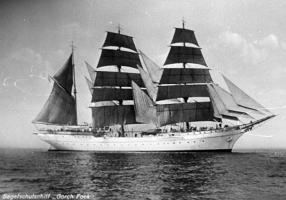
Gorch Fock
Three years ago, the BBC published an article with the clickbait title of “Why is the US still using a Nazi tall ship?” The article was about the USCG Cutter Eagle and was OK as far as it went. The title itself was absurd and was largely ignored in the body of the text.
The Eagle was built as the Horst Wessel, one for five sail training ships built at Blohm & Voss, Hamburg, largely for the German Kriegsmarine prior to World War II. They were all near sisters of the Gorch Fock, a three-masted barque, delivered in 1933. And yes, they served as school ships under the Nazis, before being divided up as war reparations at the end of World War II. Despite the ignoble first owners, these five ships have had an oversized impact on sail training in the world’s navies. Remarkably, the four of the original ships which saw service all survive to this day and three are still actively sailing. The Gorch Fock design has also influenced training ship designs around the globe.
Gorch Fock ex Tovarishch ex Gorch Fock Continue reading →
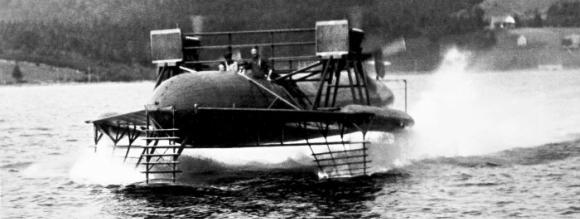

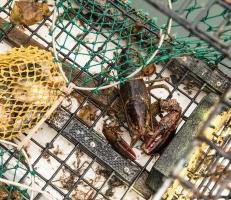
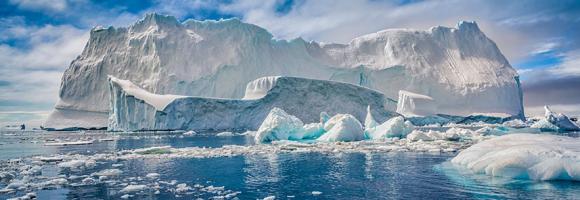
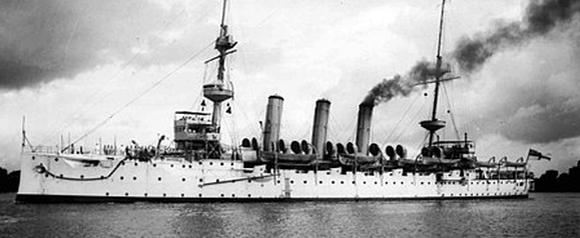
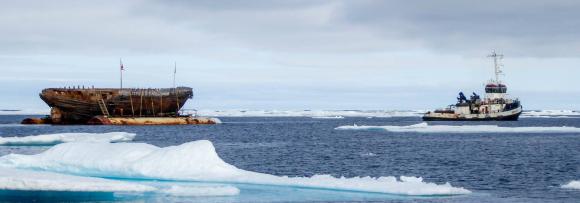
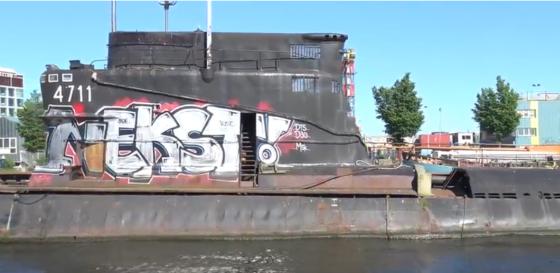 A group of “
A group of “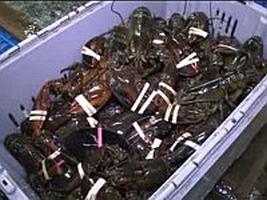 Today, the New York Times featured an article titled — “
Today, the New York Times featured an article titled — “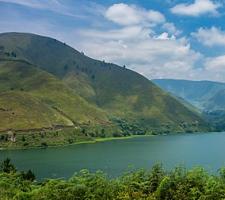
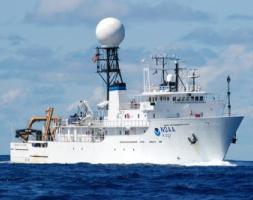
 Captain Reinhard Hardegen
Captain Reinhard Hardegen
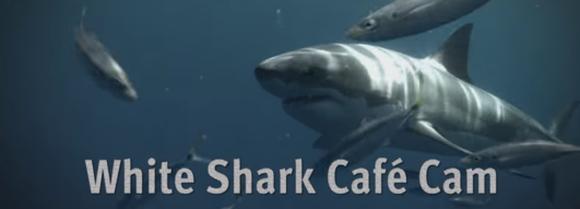 For many years, scientists had thought that great white sharks traveled north and south along the Pacific coast of America, feeding in waters close to shore. Then researchers at Stanford University’s Hopkins Marine Station began tagging white sharks with satellite tracking tags. Rather than staying along the coast, great whites were traveling a thousand miles out into the Pacific in the winter and spring and congregating in an area which the researchers nicknamed the “
For many years, scientists had thought that great white sharks traveled north and south along the Pacific coast of America, feeding in waters close to shore. Then researchers at Stanford University’s Hopkins Marine Station began tagging white sharks with satellite tracking tags. Rather than staying along the coast, great whites were traveling a thousand miles out into the Pacific in the winter and spring and congregating in an area which the researchers nicknamed the “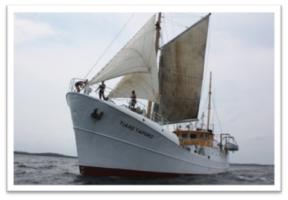 Ever dream of sailing the Pacific on an inter-island trading ship? Well, the Auxiliary-Sail Trading Vessel Tiare Taporo, based in the Cook Islands is looking for crew. This sounds like a fascinating opportunity for the right individuals. From a notice by
Ever dream of sailing the Pacific on an inter-island trading ship? Well, the Auxiliary-Sail Trading Vessel Tiare Taporo, based in the Cook Islands is looking for crew. This sounds like a fascinating opportunity for the right individuals. From a notice by 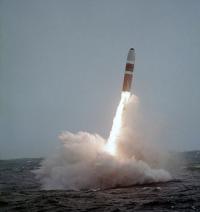 The
The 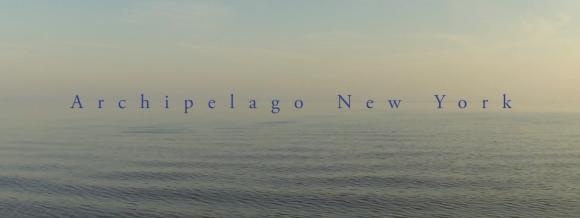 In 1614, Dutch sailor
In 1614, Dutch sailor 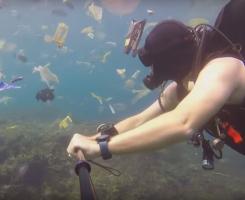 Manta Point is a popular dive spot off the southernmost shore of Nusa Penida Island, near Bali, Indonesia. Divers are attracted by the large number of manta rays which congregate there. On March 3rd, a British diver, Rich Horner, found far more than mantas at Manta Point. He found himself swimming in a sea of plastic garbage. His video of swimming through the mass of debris and trash has gone viral. It is disturbing to watch. The video is the bad news. The good news or perhaps the less bad news is that the video doesn’t tell the whole story.
Manta Point is a popular dive spot off the southernmost shore of Nusa Penida Island, near Bali, Indonesia. Divers are attracted by the large number of manta rays which congregate there. On March 3rd, a British diver, Rich Horner, found far more than mantas at Manta Point. He found himself swimming in a sea of plastic garbage. His video of swimming through the mass of debris and trash has gone viral. It is disturbing to watch. The video is the bad news. The good news or perhaps the less bad news is that the video doesn’t tell the whole story. 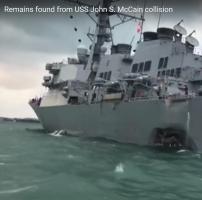 The deaths of 17 sailors in the separate collisions with merchant ships of the Arleigh Burke-class destroyers USS Fitzgerald and the USS John S. McCain has raised fundamental questions about the seamanship of US naval officers on the two ships, and by implication, the fleet as a whole. A three-month internal review conducted by senior U.S. surface fleet leaders of the seamanship and ship handling skills of new deck officers has yielded deeply concerning results.
The deaths of 17 sailors in the separate collisions with merchant ships of the Arleigh Burke-class destroyers USS Fitzgerald and the USS John S. McCain has raised fundamental questions about the seamanship of US naval officers on the two ships, and by implication, the fleet as a whole. A three-month internal review conducted by senior U.S. surface fleet leaders of the seamanship and ship handling skills of new deck officers has yielded deeply concerning results. Norfolk’s forty-second annual
Norfolk’s forty-second annual 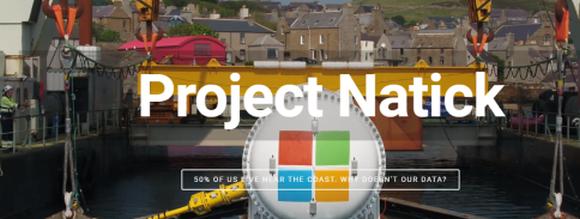 Although we speak of the internet as being in “the cloud,” an
Although we speak of the internet as being in “the cloud,” an